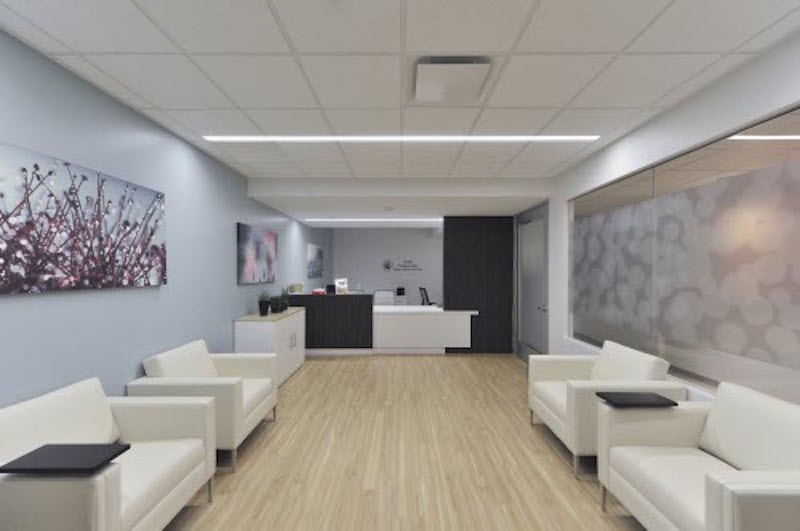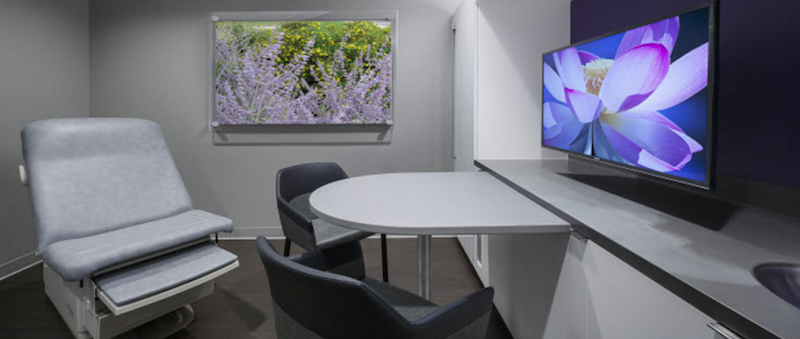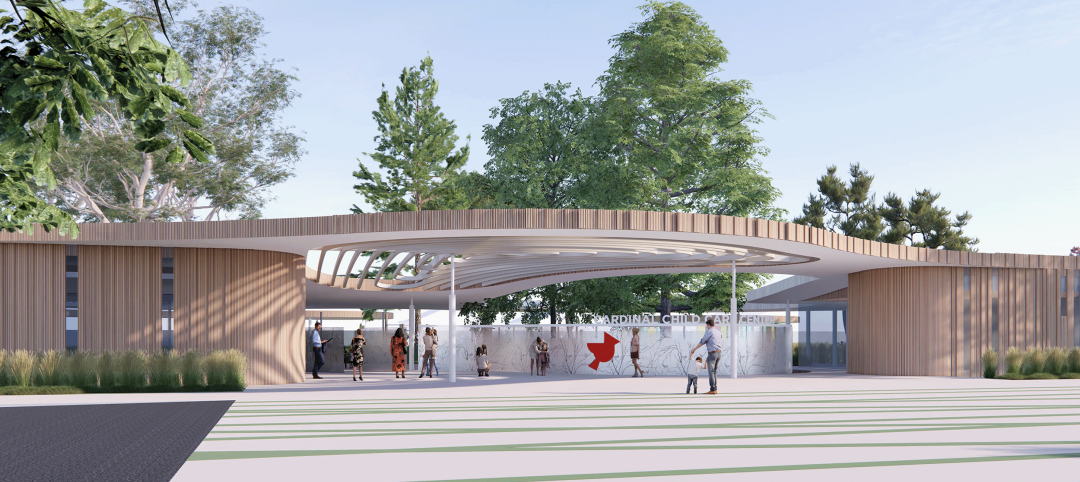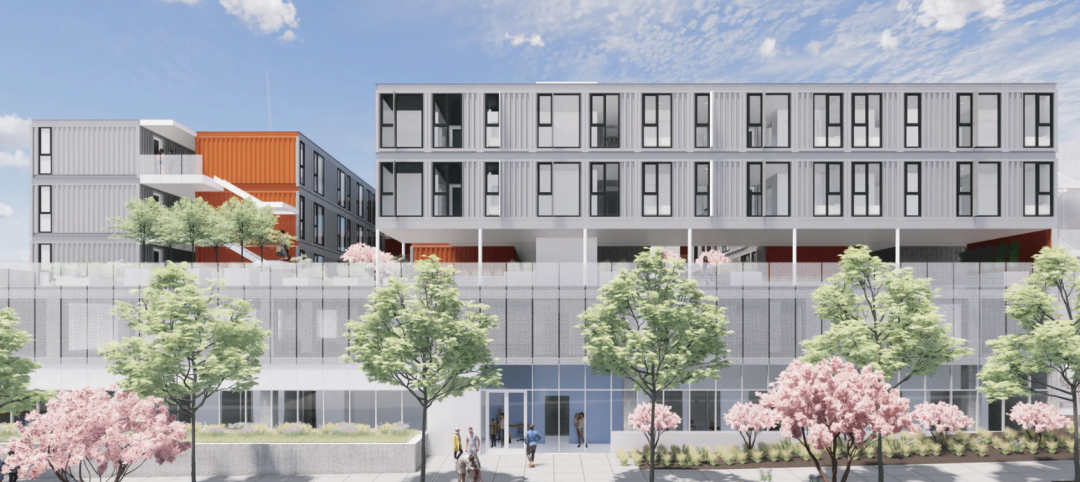Hospitals across the country are moving into uncharted territory as healthcare delivery in the U.S. is being reinvented. Hospitals and patients have been affected by the new Affordable Care Act (ACA) healthcare reform that rolled out nationwide in 2012. Hospitals are now faced with shrinking reimbursements and patients are seeing high deductibles. Couple this with the rise in chronic conditions, which typically do not require overnight stays, but are based on long-term treatments, and we see a trend of empty patient beds, creating lower occupancy in many hospitals.
These higher costs and low occupancy rates have forced healthcare facilities to rethink how healthcare is delivered in their community. While it has also forced patients to look at alternatives to hospital based treatment that are cost-effective, convenient and meet their lifestyle needs.
People today are increasingly exposed to a buffet of alternative services and products for almost every need. Couple this with the fact that people now have access to better quality healthcare information at their fingertips in which to make informed decisions, and you have a highly-educated and value conscious consumer base.
Now healthcare providers are listening to the needs of their patients and moving their services closer to where their patients live and work. This means a shift away from the “big box” hospital, to community-based ambulatory clinics and services in retail and home health settings. This becomes a more cost-effective and flexible solution as healthcare costs continue to rise for healthcare provider
Healthcare facilities are now looking to retail and hospitality design to give their facilities a fresh look that caters to the new lifestyle design trend that is sweeping the nation. To address this new demand, many healthcare centers are moving closer to the patient’s home, in a neighborhood retail community center making it easier for patient access. Healthcare centers are also updating their interior design, with emphasis on better lighting and fresh interior design elements and furnishings. Patients want a more relaxed “spa like” experience to soothe and calm the patient while they wait.

These changes are having a positive impact on the patients and facilities. Healthcare facilities are looking less institutional giving the patient and their family a more positive and relaxed approach for their healthcare needs. These facilities are benefiting from this by seeing an increase of satisfied patients who do not prefer a “big box” hospital.
This migration of healthcare services out of the hospital “big box” setting and medical office buildings to communities and home health settings is now creating healthcare hubs and ambulatory care centers, to provide that low-cost, lifestyle-oriented service. This has led many healthcare providers to establish a list of tailored outpatient services in retail chains such as Target and Walgreens. This gives the patient access to services where they shop for other items.
As these begin to pop up nationwide in communities near you, healthcare is being reinvented to better serve the demands of the people. As this trend continues, we are seeing low occupancy rates for patient beds in many hospitals. Hospitals are now strategizing on how to repurpose those empty bed floors and restructure their facilities to meet this change.
For instance, LPA is working with a small community hospital client who is currently renovating an existing patient floor in their bed tower that has a low census and transforming it into more subacute patient beds to support the needs of the community. We are seeing more of this trend with our clients looking at repurposing their patient bed units, due to low patient bed census and other outdated infrastructure issues.
As healthcare design evolves, one thing is certain, flexibility will need to be addressed. A willingness to look at the future and embrace the changes that are on the horizon in a timely manner is a valuable strategy in any healthcare facility design project. These changes are shaping the fabric of our communities and how we live and work.
Marcus Thorne is Senior Planner at LPA San Diego in the Healthcare Design studio. Thorne specializes in healthcare planning and his experience ranges from facility master planning to project implementation, design and construction.
More from Author
LPA | Aug 26, 2024
Windows in K-12 classrooms provide opportunities, not distractions
On a knee-jerk level, a window seems like a built-in distraction, guaranteed to promote wandering minds in any classroom or workspace. Yet, a steady stream of studies has found the opposite to be true.
LPA | May 13, 2024
S.M.A.R.T. campus combines 3 schools on one site
From the start of the design process for Santa Clara Unified School District’s new preK-12 campus, discussions moved beyond brick-and-mortar to focus on envisioning the future of education in Silicon Valley.
LPA | Mar 28, 2024
Workplace campus design philosophy: People are the new amenity
Nick Arambarri, AIA, LEED AP BD+C, NCARB, Director of Commercial, LPA, underscores the value of providing rich, human-focused environments for the return-to-office workforce.
LPA | Feb 8, 2024
LPA President Dan Heinfeld announced retirement
LPA Design Studios announced the upcoming retirement of longtime president Dan Heinfeld, who led the firm’s growth from a small, commercial development-focused architecture studio into a nation-leading integrated design practice setting new standards for performance and design excellence.
LPA | Mar 2, 2023
The next steps for a sustainable, decarbonized future
For building owners and developers, the push to net zero energy and carbon neutrality is no longer an academic discussion.
LPA | Dec 20, 2022
Designing an inspiring, net zero early childhood learning center
LPA's design for a new learning center in San Bernardino provides a model for a facility that prepares children for learning and supports the community.
LPA | Aug 22, 2022
Less bad is no longer good enough
As we enter the next phase of our fight against climate change, I am cautiously optimistic about our sustainable future and the design industry’s ability to affect what the American Institute of Architects (AIA) calls the biggest challenge of our generation.
LPA | Aug 9, 2022
Designing healthy learning environments
Studies confirm healthy environments can improve learning outcomes and student success.
LPA | Jul 6, 2022
The power of contextual housing development
Creating urban villages and vibrant communities starts with a better understanding of place, writes LPA's Matthew Porreca.
LPA | Mar 21, 2022
Finding the ROI for biophilic design
It takes more than big windows and a few plants to create an effective biophilic design.
















